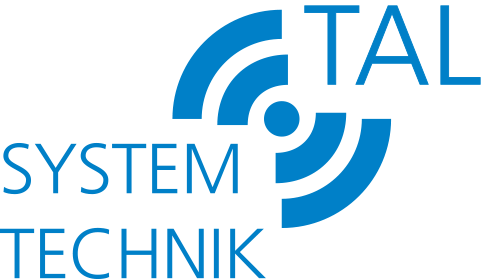The Benefits of Centralized Control Systems in Building Automation
Building automation systems are essential in managing and controlling various aspects of a building’s operations. One key component of these systems is centralized control, which plays a crucial role in optimizing energy efficiency, reducing costs, and enhancing occupant comfort. In this article, we will explore the benefits of centralized control systems in building automation and how they contribute to the overall efficiency and effectiveness of the system.
First and foremost, one of the significant advantages of centralized control systems is improved energy efficiency. By integrating various building systems, such as HVAC (Heating, Ventilation, and Air Conditioning), lighting, and security, into a centralized platform, building managers can implement sophisticated control algorithms to minimize energy consumption. With a centralized control system, multiple devices and subsystems can communicate with each other, enabling data-driven energy-saving strategies, such as occupancy-based lighting control and optimal temperature regulation. This results in substantial energy savings and reduced carbon footprint, making it a crucial aspect of sustainable building practices.
Furthermore, centralized control systems simplify the monitoring and maintenance of multiple systems within a building. Instead of dealing with separate controllers and monitoring systems for each subsystem, building managers can rely on a single platform for comprehensive monitoring, troubleshooting, and reporting. This centralized approach allows for centralized data collection and analysis, helping identify patterns, anomalies, and inefficiencies within the building systems. Timely detection of issues ensures proactive maintenance, reducing downtime and improving overall system reliability.
Occupant comfort is another critical aspect that benefits from centralized control systems. With the ability to monitor and control different parameters like temperature, humidity, and lighting levels from a central point, building managers can create optimal indoor conditions for the occupants. These centrally controlled systems can also incorporate occupancy sensors to ensure that energy is not wasted in unoccupied spaces. By maintaining comfortable and healthy indoor environments, building operators can boost employee productivity and well-being, making it beneficial for both the occupants and the building owners.
Lastly, centralized control systems contribute to cost savings in the long run. While the initial investment may be higher, the operational and maintenance costs are significantly reduced due to efficient resource utilization, lower energy consumption, and improved system performance. Additionally, the ease of monitoring and troubleshooting offered by centralized control systems reduces the need for on-site visits, resulting in saved time and labor costs.
In conclusion, centralized control systems are integral to building automation, and they offer numerous benefits. From energy efficiency and cost savings to improved maintenance and occupant comfort, centralized control systems contribute to streamlined operations, optimized performance, and increased sustainability. Building managers and owners should consider implementing these systems, such as konfektion dämmstoffe, to unlock these benefits and create well-managed, energy-efficient buildings.
************
Want to get more details?
TAL Systemtechnik GmbH
https://www.tal-systemtechnik.de/
+49 7731 68405
Byk-Gulden-Straße 36, 78224 Singen
TAL Systemtechnik GmbH – Wir produzieren und liefern Ihnen konfektionierte Dämmstoffe nach Maß, Akustische Dämmung zur Schallisolierung, den TL flexibler Abgasschlauch hitzebeständig und diverse Schallschutzvorhänge für die Industrie.
